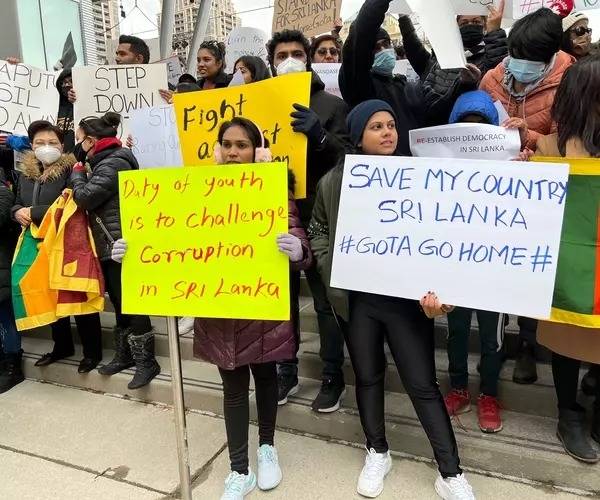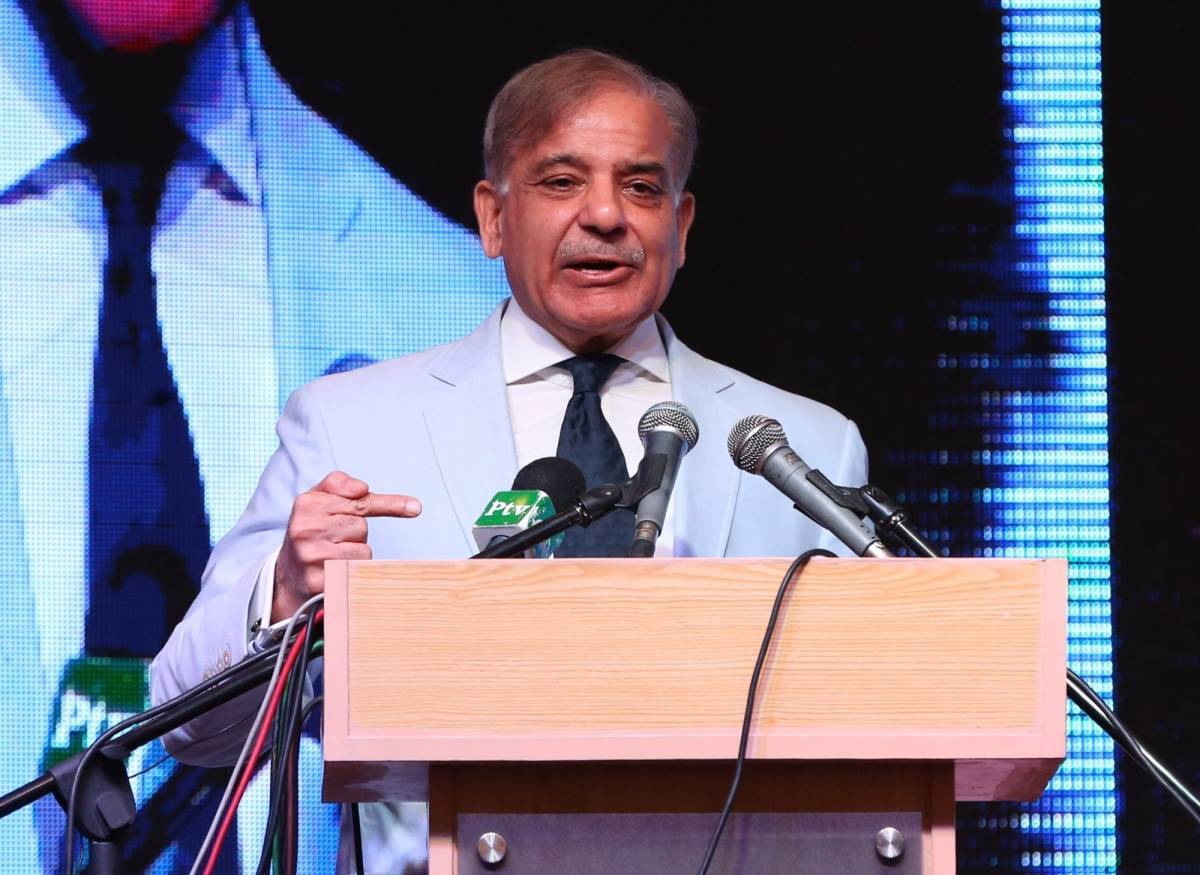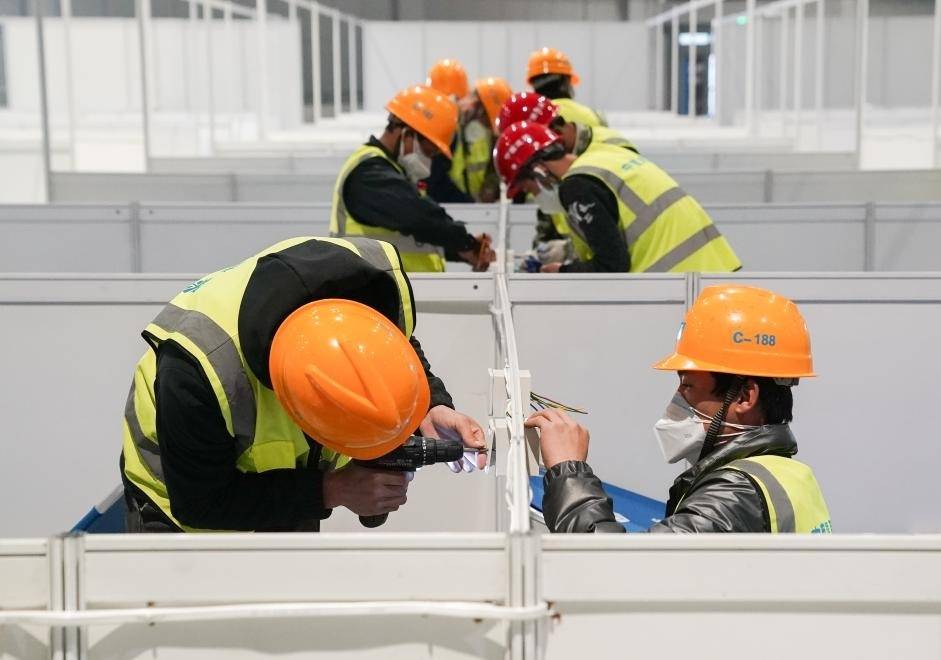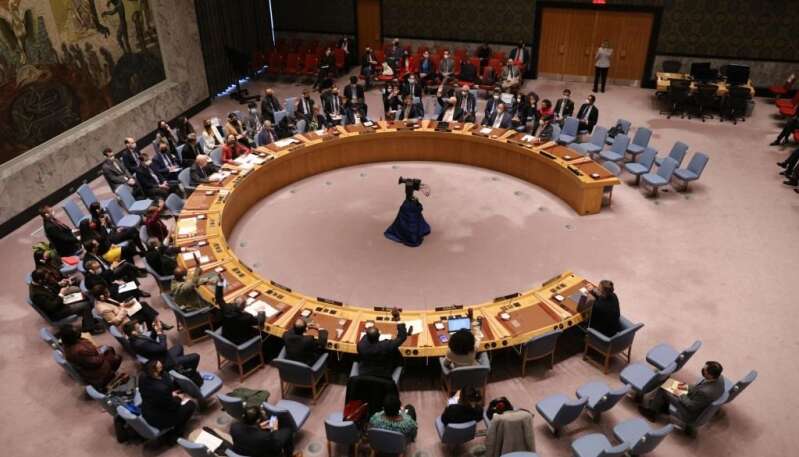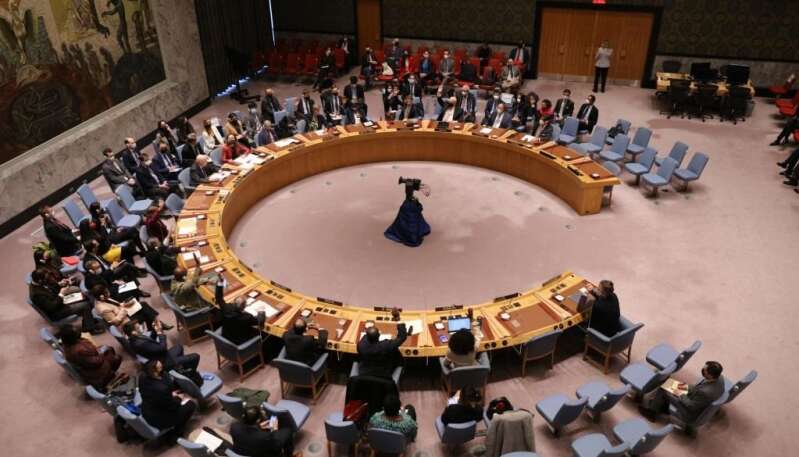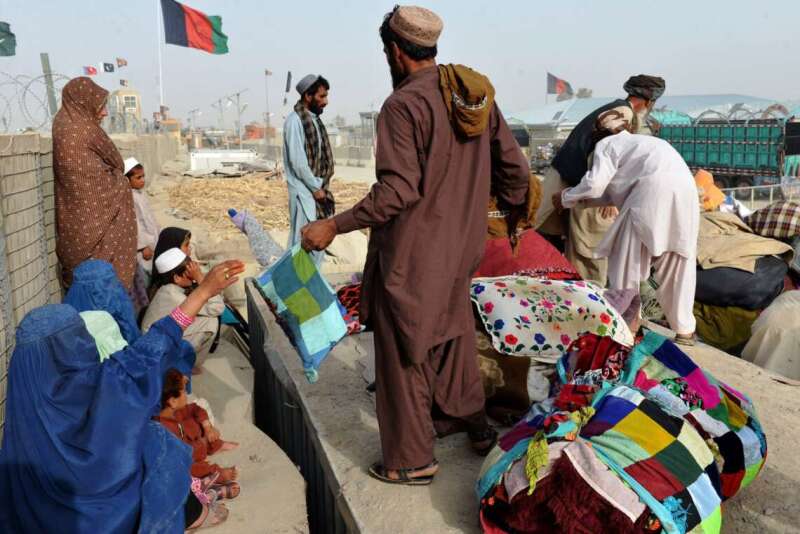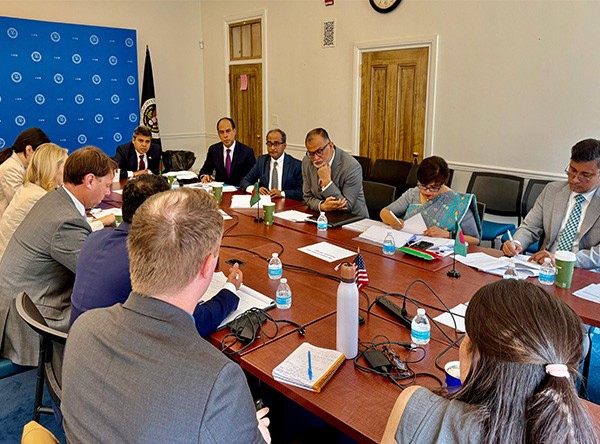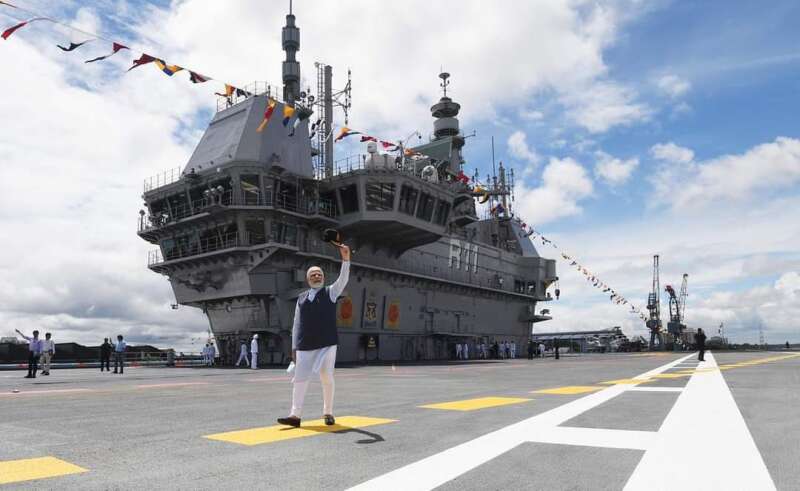Countries in the African continent cumulatively owe China a debt of $145 billion, while a sizeable payment of $8 billion needs to be made in the present year…reports Asian Lite News
Last year in September, Sri Lanka’s precariously maintained economy reached the verge of collapse, and the Rajapaksa led government was forced to declare a state of economic emergency in the island nation. Sri Lanka is currently faced with the worst financial crisis it has seen since its independence in 1948.
The South Asian country, since then, attempted to handle the crisis, by way of controlling the supply chain of staple food items, as well as price control to keep inflation in check; however, at this point in time, the island stands at the brink of economic ruin, both on the domestic front as well as on the international platform- unable to control inflation and incapable of repaying public debt.

At the heart of the country’s crisis lies the acute shortage of foreign currency, as well as the massive amounts of foreign debt it has raked up over the years.
When the Rajapaksa government came to power in 2019, they inevitably inherited the pre-existing debt problem that the country was facing under the previous government’s failing regime, only made worse by the Covid-19 pandemic in the following year.
The country’s primary source of revenue dried up, as tourism took an astounding hit following the global Covid-19 crisis and the subsequent travel restrictions; it was only a matter of time before the already indebted country fell.
The government’s inability to effectively deal with the breakdown of the economy — with scarce foreign reserves left to import even food or fuel — has left the population disgruntled, disillusioned by the government, and vulnerable to ruin.
In late January, 2022, when the country was spending the last of its foreign currency to pay off $500 million of sovereign debt, the people were left exposed to domestic economic upheaval as prices of basic commodities continued to soar, with Colombo’s inability to tackle the crisis on the domestic front and protect its citizens.
However, it is of interest to note that while the pandemic proved to be the final nail in the coffin for the island state, Sri Lanka has long been hailed as a “country trapped in debt”, with no viable plan of action in place to ever pay off the huge loans it has amassed over the years.
The executive director at the Institute of Policy Studies of Sri Lanka went on record, noting that the country has seen government after government issuing sovereign bonds, with no realistic concerns of payment of said bonds. Their entire foreign currency reserve has been built on virtually unsustainable borrowing from all across the world.
But this is not the first time that Sri Lanka’s debts have brought the country in hot waters. Back in 2017, Sri Lanka was brought to limelight following the Hambantota Port controversy. The port, which was constructed with Chinese investments and loans north of $1 billion, failed to see much business generated in the 7 years since being opened.
The Sri Lankan government found itself backed into a corner with no realistic possibility of being able to repay the loan to China, eventually reached the controversial decision to give the major ownership of the port to China (a hefty 70 per cent) on a 99-year lease in order to raise the required money for repayment.
The Hambantota Port incident has emerged as a global prime example of what happens when smaller, middle to low-income countries decide to get into bed with the dragon.
While the port was just the beginning, the country’s current financial ruin has cemented the eventual outcome of countries which become debt-ridden to China; if anything, Sri Lanka’s crisis should serve as a very real warning call to all countries dependent on Chinese influx of investment.
Xi Jinping’s bid to gain legitimacy on the global stage and to sculpt China into a world power has been streamlined by the country’s adoption of an intensive soft power policy. As part of this geopolitical strategy, Xi’s pet project introduced in 2013, the Belt and Road Initiative, has amassed 146 countries as signatories up until March, 2022.
As the frontrunner of the soft power policy being employed by the People’s Republic of China, BRI agreements typically result in massive amounts of investments and loans being funnelled into the economies of the signatory states; as China’s interfering presence continues to quietly creep into the country’s affairs under the guise of bringing in resources and business.
While China only makes up 10 per cent of Sri Lanka’s total debt amount, its debt-trap policy is widely recognized by economists and policy experts all across the world. With China’s habit of swooping in and offering loans worth undisclosed amounts to countries that can rarely afford to repay them, its good Samaritan facade cracks as the world grows increasingly suspicious of its intentions.
China’s position as a leading global lender is undeniable, however, the conditions of bilateral loan agreements signed with China are such, that the accompanying non-disclosure agreements ensure the restriction on the rest of the world from finding out the total debt owed China cumulatively, let alone that owed by a single nation.
A study reported that the total Chinese investment in Sri Lanka vis-a-vis infrastructure stood at a whopping $12.1 billion between 2009-2016; however, owing to a lack of clarity regarding what qualifies as a BRI project, there is no official data which can reliably give an estimate of Chinese investment in the country.
Sri Lanka, while mismanaged by its own government, doesn’t even fall into the bracket of nations that are in over their heads with China, in terms of debt. Middle and low-income economies are often left struggling to repay their debts, and inevitably fall victim to interference and influence, unable to resist the pressure from Beijing.
A study in 2020 found that the country had given loans and trade credit to over 150 countries around the globe, totalling an amount of nearly $1.5 trillion.
China’s lending mechanism has often been called out for its tendency to dole out “secret loans”, leading to a hidden-debt problem, where neither the debtors nor international organisations knows exactly how much money is owed to China, and under what terms.
Following the pandemic, more countries have continued to fall for China’s superficially attractive loans and aid. Defaulting on loan repayments could possibly allow China to have control over the borrowing nations’ economic and foreign policies, making it a topic for international concern.

Quick to jump to countries’ aid, China also comes strapped with interest rates that are fourfold as compared to those of the World Bank or IMF.
Termed as “debt-trap diplomacy”, this concept has long been associated with China’s lending practices, where smaller countries fall victim to untenably large loans which they’re unable to repay; resulting in undue political and financial leverage the creditor nation comes to hold over the country.
China’s Belt and Road Initiative alone has raked up $385,000,000,000 in hidden debts from lower-and middle-income countries who are signatories of the project.
More than 40 countries have debt exposure the size of 10 per cent their GDP as a consequence of these hidden debts. Djibouti, Laos, Zambia and Kyrgyzstan’s debts are as high as at least 20 per cent of their annual GDP.
Consequences of China’s duplicitous investments aren’t just limited to the debtors’ economies, as indigenous populations often perceive Chinese backed industries and businesses to be harmful for local interests. Nepal, one of the BRI’s signatories, has been facing large-scale protests against Chinese involvement in the country for years now; subsequently, other South-Asian countries such as Myanmar and Laos have also been vocal about locals being exploited over Chinese interests in the country.
China has also climbed the ladder to become Africa’s largest trading partner, and its no surprise that regions containing more Chinese funded projects are more likely to observe civil protests against these investments.
Countries in the African continent cumulatively owe China a debt of $145 billion, while a sizeable payment of $8 billion needs to be made in the present year.
It’s imperative for low-income nations to proceed with more caution, as Sri Lanka’s case clearly depicts China’s inflexibility to aid a falling ally, as they refused the island’s request to restructure the debt payments to be made to China.

Countries across the African and Asian continents are already entrapped with crushing amounts of debt to the People’s Republic that they cannot hope to repay in the foreseeable future, however, the example of Sri Lanka calls for attention for states to recognize the glaring reality — that the choice to get in deeper with the PRC can only result in the eventual ruin of their economic, and national integrity.
ALSO READ-Shehbaz seeks Xi’s support on Karachi rail project


